So You Think You Can Dance in Dhaka?
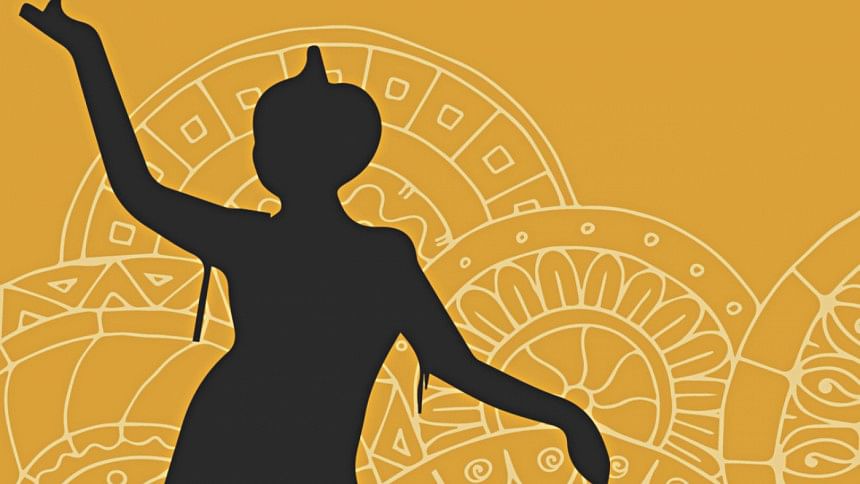
Matching steps to your favourite beat and swaying like nobody's watching, dancing truly lets you find and lose yourself, all at the same time.
Ever since I was a little girl, dance has always held a special place in my heart. I would participate in every dance competition my school had to offer, danced/choreographed in every gaaye holud I was asked to be a part of, and grooved to Macarena, The Ketchup Song, and almost every Bollywood hit like there's no tomorrow.
Despite this keen interest, I never received any professional training. My mother didn't feel that dancing was a useful skill. She wanted me to learn singing as it was more pragmatic in her eyes. Her exact words being: "You can't just abruptly dance in front of everyone when asked, but singing a song will bring you not the slightest of embarrassment."
Being the rebel I am, I refuted and made it clear that I was in no way going to learn singing if I wasn't permitted to take dance lessons. I ended up missing out on both.
Eons later, my mother's stern attitude mellowed down, but unfortunately many in Dhaka continue to cling to this mindset. Dance isn't exactly frowned upon, but it certainly does not receive the adulation and respect it deserves. It still isn't perceived to be a way of life, especially for the youth of Dhaka.
There are a plethora of issues related to not being able to dance in Dhaka the way one would want to. As Sarah Anjum Bari, 24, puts it, "There aren't enough options for recreational dancing – you either get to dance at weddings and school programmes, or from what I've seen, you have to follow it up professionally. I could be wrong, of course. It's related to what we say about Dhaka city, in general – that there isn't much to do for recreation besides going out to eat with friends and/or family. It never occurred to me to go for proper dance lessons. I just assumed that my parents wouldn't allow it, even though they've always been the biggest cheerleaders at any event where I've danced on stage for fun. I wish there were some way to break out of this deeply entrenched notion of seeing dance as too 'personal' a form of recreation. I suppose the change has to start with us."
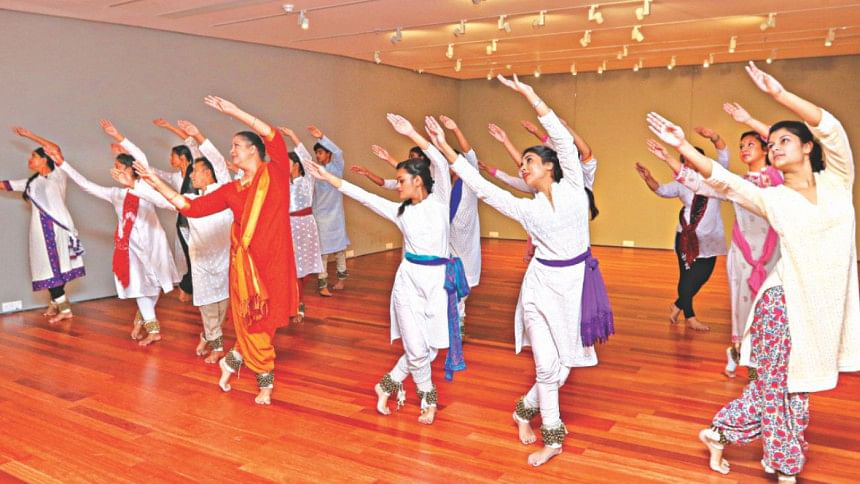
Sometimes it isn't also just about lack of options. Social stigma equally plays a part.
According to Tasnuva Raidah Aumia, 24, society's perception of dancing also acts as a major problem. She says, "The whole condescending attitude to performing arts is what stops Dhaka's dance scene from growing. Only classical South Asian dance forms are somewhat taken seriously. I honestly wish other genres like salsa, ballet, hip-hop, rumba, waltz, and foxtrot were equally appreciated and practiced. But even if these dance forms were popular here, I doubt it'll make me any less anxious. The cultural limitations, the lack of freedom don't really allow you to be or wear what you want to. Also, people staring at you are not exactly my idea of fun."
After taking into account such perspectives regarding the cons of dancing, people barely look at the pros.
For starters, dance teaches us time management and discipline. This was one of the first lessons that I learnt. Our teachers would encourage us to go to our dance classes and other extracurricular activities, have an exam the next day and still manage to do everything well and on time. More than anything else, it teaches us discipline. Classical dance styles are not just a pastime. They require countless hours of hard work, commitment, and perfecting one's technique.
It also ensures openness and inclusivity. When a group of people from diverse backgrounds come together to dance, it teaches you to be tolerant and welcoming, to celebrate the individuality in a person while overlooking the differences. Dancing to the same music, we all might end up looking completely different, each special in our own way. Like they say, diversity is beautiful.
Also while dancing, you realise that everything is not rainbows and cupcakes. You wound yourself, fall prey to unhealthy competition and unwanted malice. This is exactly how it is everywhere in every sphere of life. A key lesson to learn.
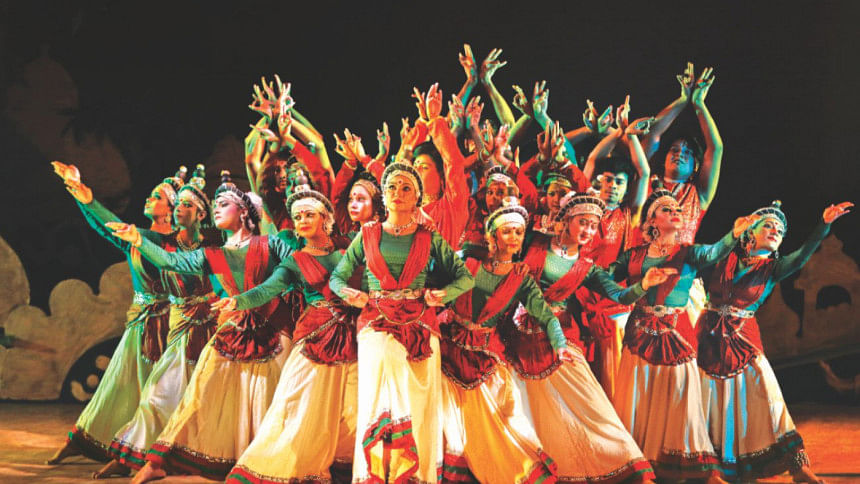
Parents are frequently puzzled when it comes to making the correct choice when enrolling their child in a dance school. Although it is often regarded as an extra-curricular activity, having a certification recognising the skill level can boost anyone's transcripts. In the competitive world we live in, academics alone is never enough.
Dhaka thankfully does have some of dance schools offering classes of both traditional and contemporary dance styles. It includes:
ALLIANCE FRANÇAISE DE DHAKA
Alliance Française not only offers French classes, but also provides lessons in interior designing, astronomy, theatre, dance and music. Their Dhanmondi, Gulshan and Uttara centres offer salsa, tango, and rumba classes. They have classes for both adults and children.
For more details call: +880 1670 688 014.
INDIRA GANDHI CULTURAL CENTRE
The Indira Gandhi Cultural Centre promotes exchanges in the fields of art, music, dance, theatre and so on between India and Bangladesh.
The centre is located at House 24, Road 2, Dhanmondi, Dhaka.
For more details call: 02-9615303.
BANGLADESH SHILPAKALA ACADEMY
It is the primary state-sponsored national cultural centre of Bangladesh. Their main task includes promotion of the arts and national culture and creation of necessary facilities for their development. The activities of the academy also include organising workshops, seminars, discussions, short-term specialised trainings, providing scholarships and financial grants to talented artists, and organising competitions in the various fields of arts.
The academy is located at 4/3 Segunbagicha, Dhaka.
For more details call: 02-9562836
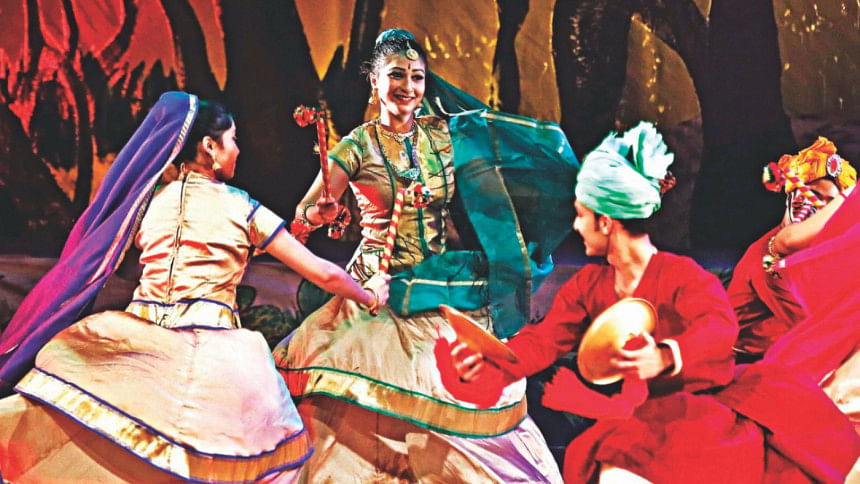
Other than these three, there are various other schools working towards the same goals. Havana School of Dance in Banani for one offers salsa – probably the most popular Latin American dance – lessons. Others include Kolpotoru, Eagles Dance Company, BAFA and so on.
Despite, the presence of such schools, some people still find it difficult to realise their dancing dreams due to Dhaka's impossible traffic.
Kaarina Kaiser, 23, says, "Shishu Academy is an hour's drive from my place on Fridays and a 4-hour drive on other days. And any form of dance classes that do open up near me, are expensive. I wish there were a few more outlets for people who share this passion for dance, to get together every week or so in the form of a dance club, or dance class, and hash out their favourite choreographies."
Well thanks to the internet, what we can't seem to access in the physical realm can be achieved in the virtual one. Melvin Louis, the financial analyst-turned-dancer in India has become incredibly famous recently for the workshops he holds. He choreographs popular songs, announces the next workshop and location, and people just sign up to go, dance, and pick up the choreography. The videos are later on uploaded on YouTube and shared on social media.
Also, "Dance with Madhuri" and "Team Naach" are hugely popular among youngsters and adults alike. Mostly due to the step-by-step tutorial and attention to detail similar to attending an actual dance class.
Sadly, not many Bangladeshi dancers are popular on YouTube. It's high time this situation changes for the better.
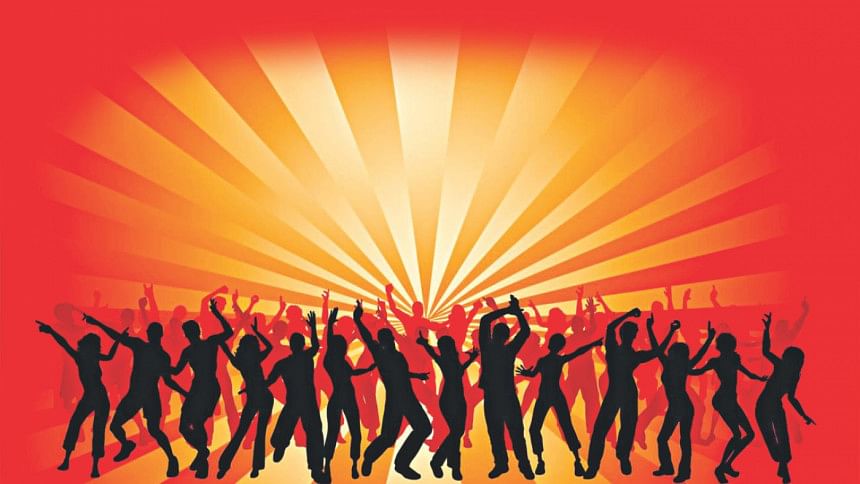





Comments